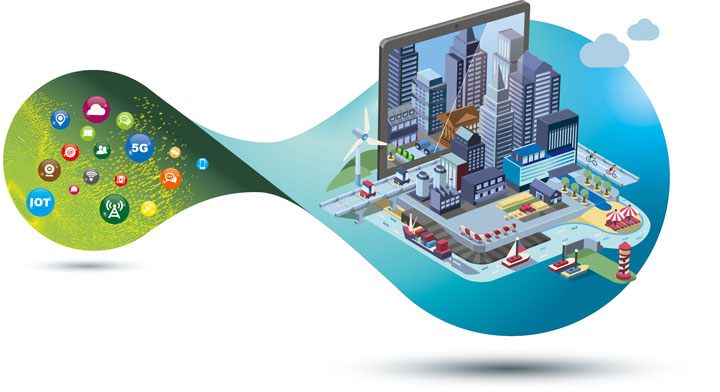Over the last 20 years, digital design and collaboration tools have fundamentally altered how firms approach innovation. In the pre-digital era, product and service development was usually conducted by experts working inside firms or through expert vendors hired by those firms.
Today, aided by digital design and fabrication tools on the one hand and social networking communities and collaboration/sharing tools on the other, an expanded “innovation landscape” is marked by new forms of participation and ownership, with new participants entering new markets and new arrangements of collective innovation.
The good news, of course, is that this expanded landscape creates an opportunity-rich environment for firms to innovate. The bad news is that these opportunities also create some new challenges. Managers need a framework for navigating this new landscape and harnessing the power of these new tools.
To help make sense of the opportunities and challenges ahead, we have identified four distinct innovation modes. Each mode is characterized by its own set of stakeholders and interaction dynamics, along with specific ways that companies can achieve a competitive advantage.
The specialist mode
In the specialist mode, companies will create new products and services by pushing the envelope of product performance, with improvements allowed by digital design. In this mode, high-risk, high-reward projects are typically developed and commercialized by formal organizations, using either hierarchy (in-house) or markets (out-sourced) as organizing mechanisms. Companies such as Volkswagen, Boeing, IBM, and Apple are active in this mode.
One challenges with the specialist mode is that companies must build these technical capabilities in-house to prevent imitation from competitors; to attract and retain top talent; and to maintain process rigor in the an era of increasing design churn. Tesla’s effort to develop its battery Gigafactory is an example of a specialist developing internal capabilities for competitive advantage.
The venture mode
The venture mode expands the flexibility and speed with which innovators act. These can be individuals inside corporations, but also entrepreneurs, tinkerers, and do-it-yourselfers who tend to assemble the necessary resources by using intermediate services which provide access to specialized tools and skills. Advancements in digital design tools have drastically lowered the entry barriers and allowed many more to participate in this mode. For managers of more established firms, this mode can allow small, entrepreneurial teams to develop new product and service ideas and test them at low cost. These internal “startup” teams can help seed traditional concept funnels with ideas that are more advanced in terms of design and concept testing than traditional methods.
One challenge for firms active in the venture mode is to quickly identify, select, and assemble necessary resources. These markets are often moving fast, and the ability to protect the business through intellectual property is often limited, so the most powerful competitive advantage is high velocity.
The community mode
The third mode of the new innovation landscape attracts large numbers of new entrants due to the low barriers of entry and includes — at least in part — a trust-based form of organizing. For this reason we label this the community mode. Similar to open innovation, the setting of organizational and decision-making boundaries becomes substantially “fuzzy” as collaborating with like-minded strangers becomes an integral part for some business models. The spectacular rise and fall of Quirky, Inc., one of the first social product development companies, is an example of this mode. The opportunities for firms operating in this mode are potentially new forms of market development and user engagement. New ideas and closer ties with consumers can be the result of open innovation efforts.
Managers operating in the community mode need to understand the challenges of maintaining, incentivizing, and capturing true value-added contributions from these communities. If the opinion of 1,000,000 community members has to be considered, for example, then the decision-making authority of the firm is more constrained.
The network mode
The network mode is characterized by the high performance product design expertise seen in specialist firms with trust-based sharing behavior typical of communities and close vendor networks. The opportunity in this mode lies in the chance to build an innovation system where the whole is more than the sum of its parts. Bringing together the expertise from a wide range of disciplines and geographies, supported and enabled by advanced digital tools, allows the emergence of entirely new solutions, potentially one which would never emerge in traditional organizational set-ups. Rearranging organizational boundaries and new incentive structures are part of this opportunity.
The challenges lie in how to successfully develop and manage the processes, which requires more coordination due to the greater levels of complexity. Building social norms, ensuring sufficient overlap, or at least information flow between designer and user communities, and orchestrating the actual work are no easy tasks.
Source: https://hbr.org/2016/06/the-4-main-ways-to-innovate-in-a-digital-economy

